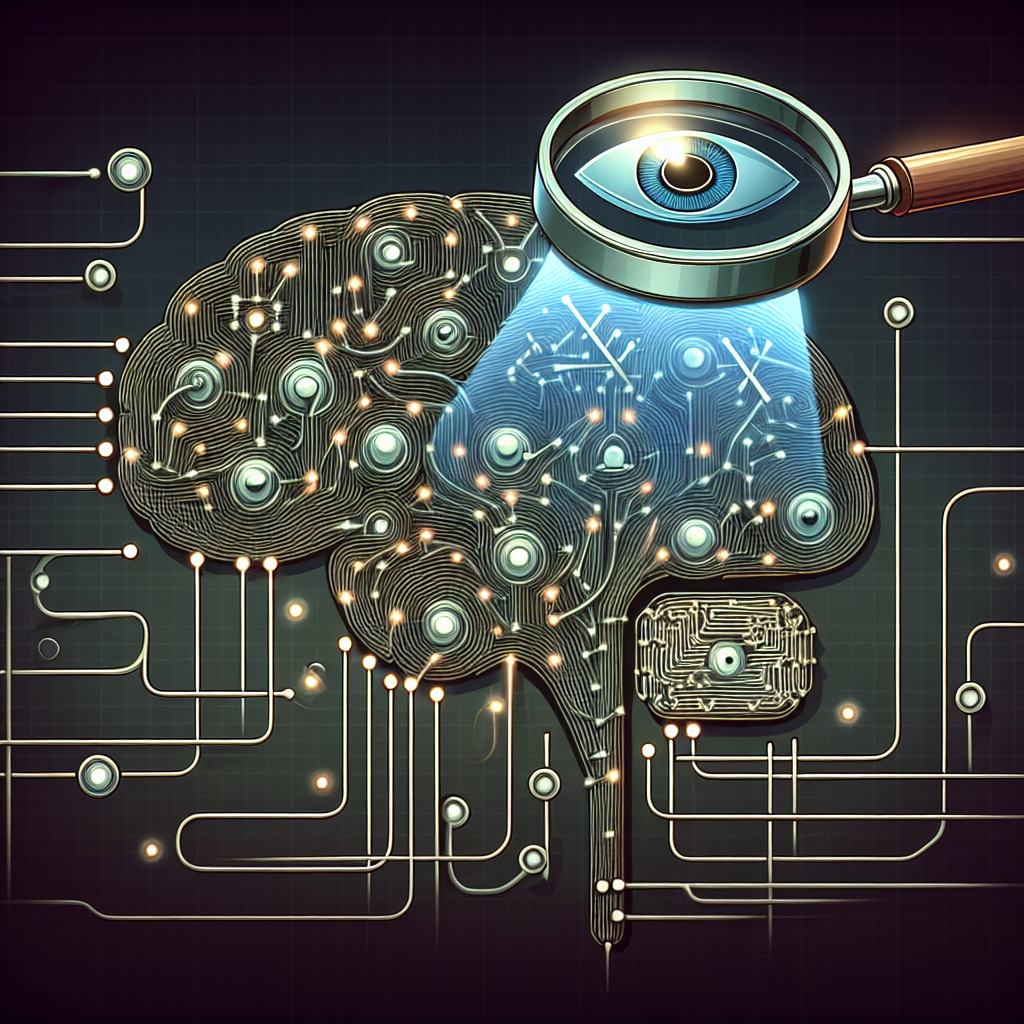Your cart is currently empty!
The Impact of Attention Mechanisms on Recurrent Neural Networks

Recurrent Neural Networks (RNNs) have become a staple in the field of artificial intelligence and machine learning due to their ability to effectively model sequential data. However, one of the main challenges faced by RNNs is their inability to effectively capture long-range dependencies in the data. This is where attention mechanisms come in.
Attention mechanisms were first introduced in the field of natural language processing to improve the performance of machine translation models. They allow the model to focus on specific parts of the input sequence when making predictions, rather than processing the entire sequence at once. This not only improves the model’s accuracy but also helps it to better capture long-range dependencies in the data.
The impact of attention mechanisms on RNNs has been significant. By incorporating attention mechanisms into RNN architectures, researchers have been able to improve the performance of RNNs on a wide range of tasks, including language modeling, speech recognition, and image captioning.
One of the key advantages of attention mechanisms is their ability to handle variable-length inputs. Traditional RNNs require fixed-length input sequences, which can be a limiting factor in many real-world applications. Attention mechanisms, on the other hand, allow the model to dynamically adjust its focus based on the input data, making them more flexible and adaptable to different types of data.
Another advantage of attention mechanisms is their ability to improve interpretability. By visualizing the attention weights assigned to different parts of the input sequence, researchers can gain insights into how the model is making its predictions. This not only helps to improve the transparency of the model but also enables researchers to identify potential biases or errors in the model’s decision-making process.
In conclusion, attention mechanisms have had a significant impact on the performance of RNNs in a wide range of applications. By allowing the model to focus on specific parts of the input sequence, attention mechanisms help to improve the model’s accuracy, handle variable-length inputs, and improve interpretability. As researchers continue to explore new ways to incorporate attention mechanisms into RNN architectures, we can expect to see even greater improvements in the performance of RNNs in the future.
#Impact #Attention #Mechanisms #Recurrent #Neural #Networks,rnn

Leave a Reply